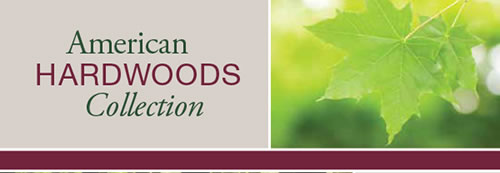Q: Are we running out of hardwoods?
A: No. The most current information available from the U.S. Department of Agriculture Forest Service tells us “no evidence suggests that we are using up our forests.” And since 1953, when the Forest Service began accumulating data, “the net volume of U.S. hardwoods increased by 119 percent.” (www.fs.fed.us/research/sustain/)
Q: Who owns our forests?
A: According to the Forest Service’s National Woodland Owner Survey, of the 514 million acres of timberland in the United States, 69 percent is privately owned; owned by families, individuals, corporations and other private groups. National forests, as well as Federal, State and other public owners account for the remaining 31 percent. (www.nrs.fs.fed.us/fia/)
Q: How are American hardwood forests regulated?
A: All forestry operations are subject to federal, state and local laws and regulations.
- The Federal Government enforces general environmental legislation on all forest lands. The Endangered Species Act (1972) conserves threatened species. The 1972 Clean Water Act requires timber producing States to develop and implement “Best Management Practices” (BMPs) for forestry operations in order to minimize water pollution.
- States have their own government agencies responsible for forestry administration whose role and powers vary depending upon state forest policy. Some States have introduced comprehensive Forest Practices Acts making the implementation of state forestry standards mandatory on all forest lands. Other states rely on non-regulatory schemes involving tax incentives, cost sharing and the provision of advice to encourage voluntary adoption of government standards. (See “U.S. Forestry – A model for the world”)


